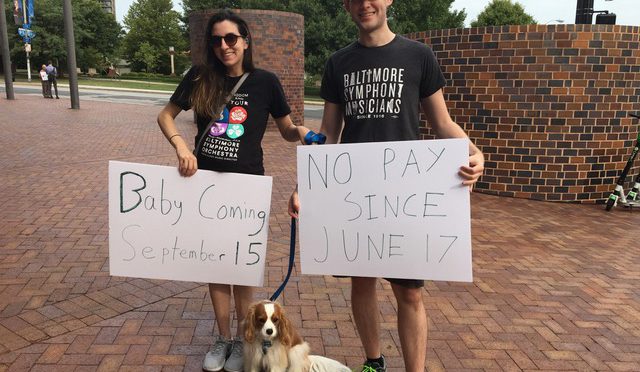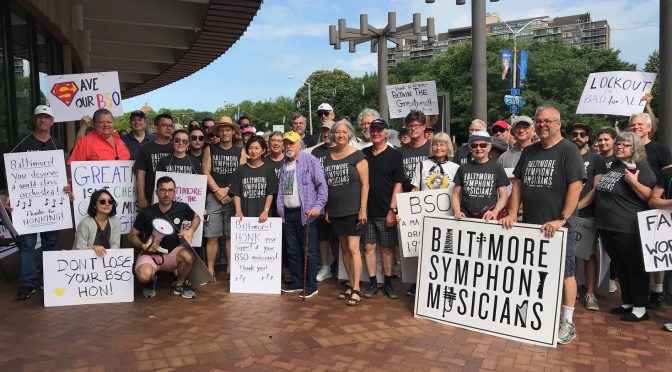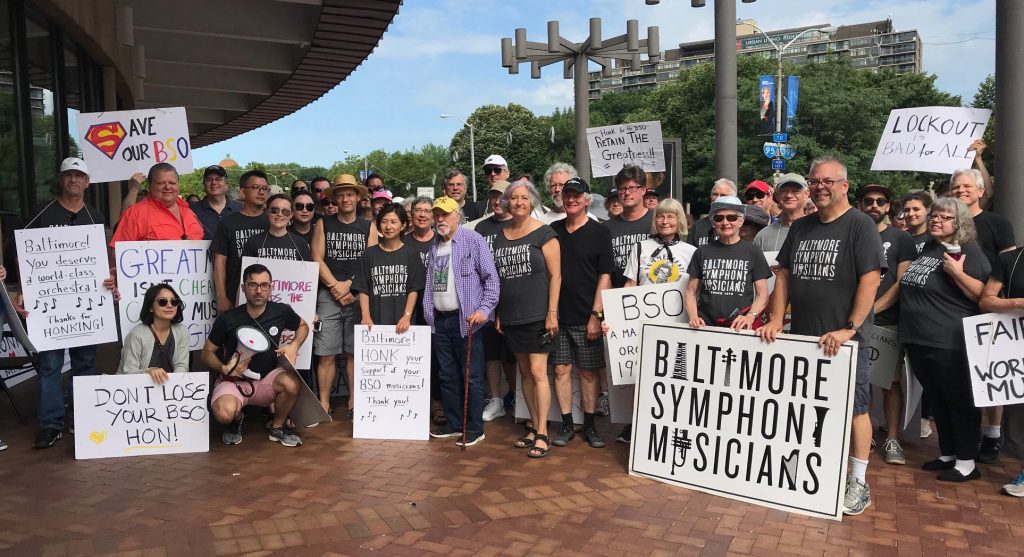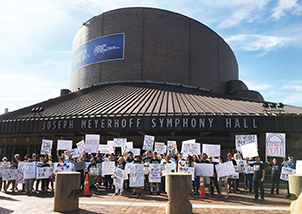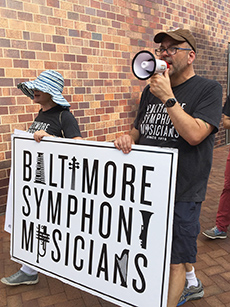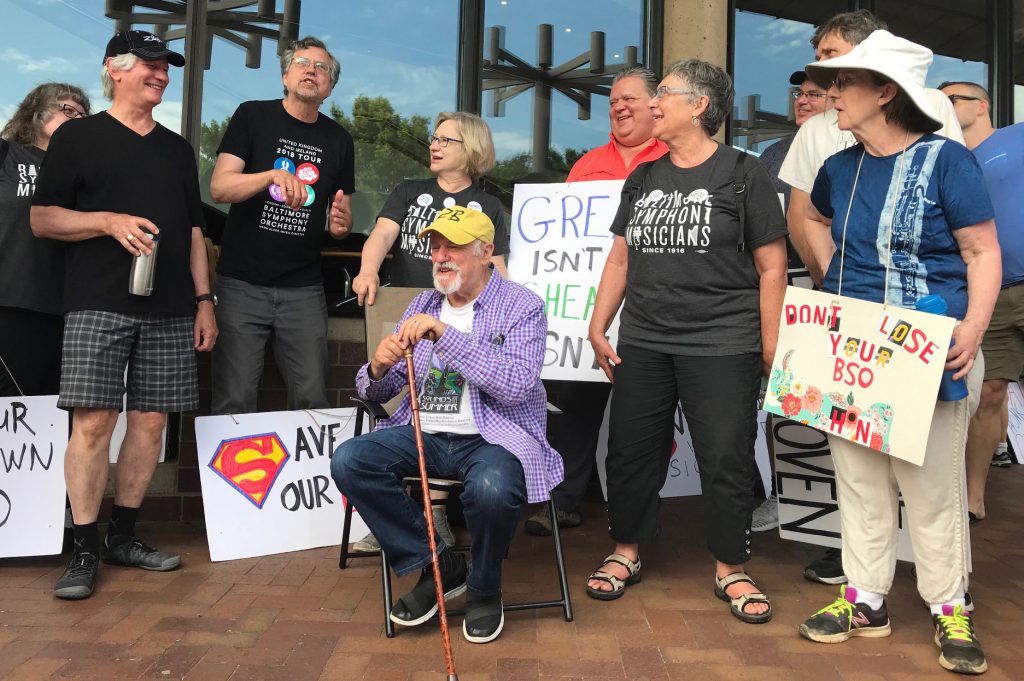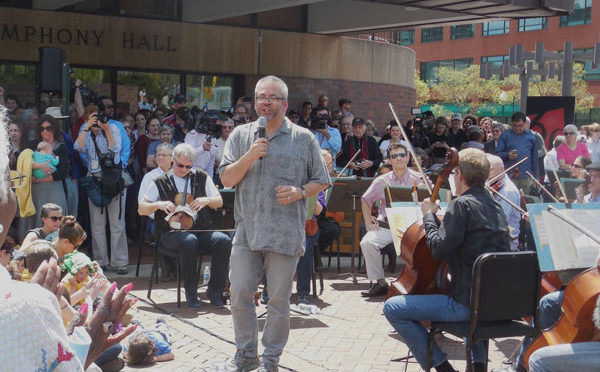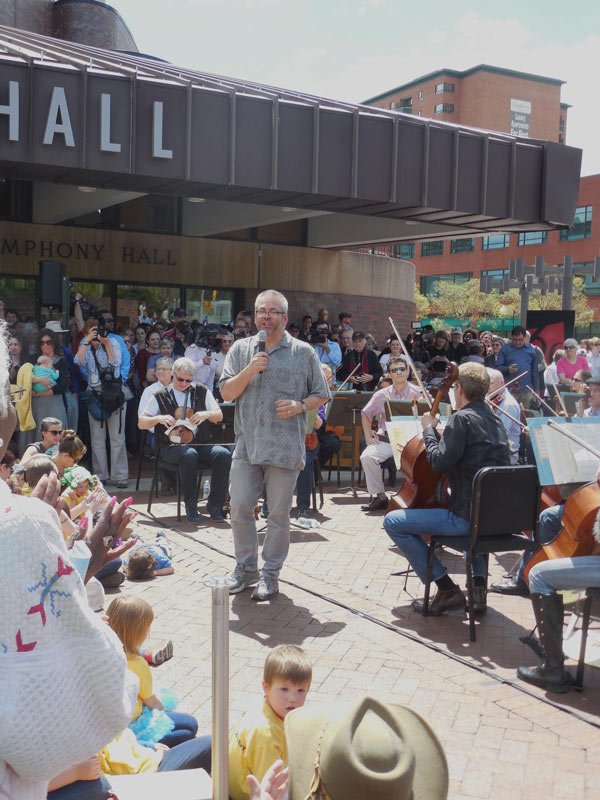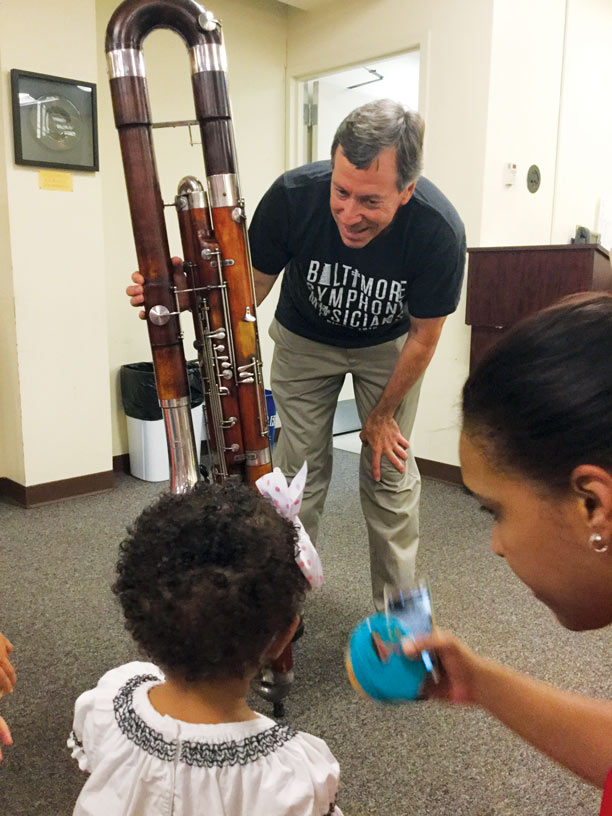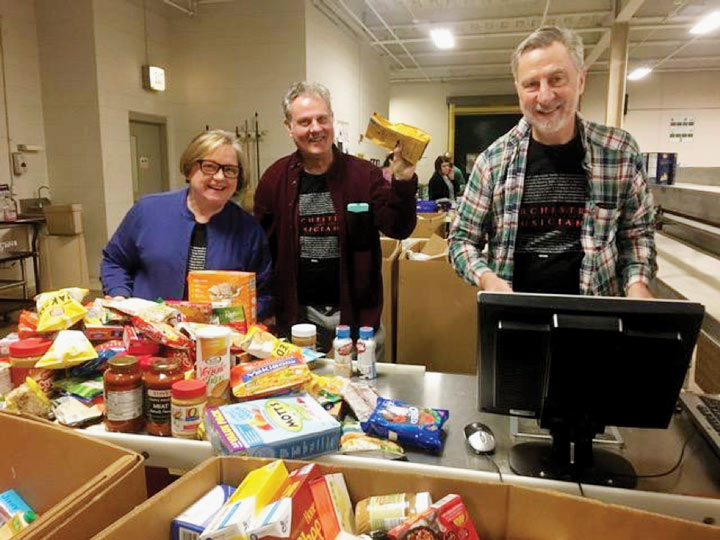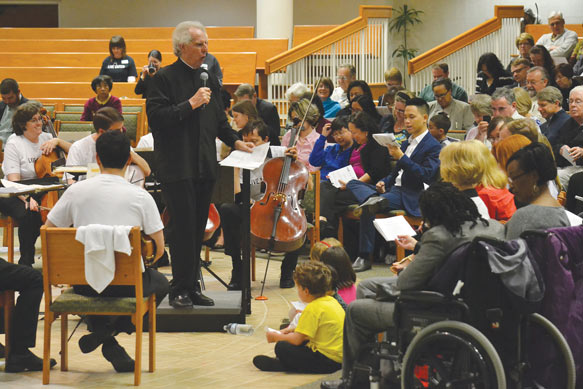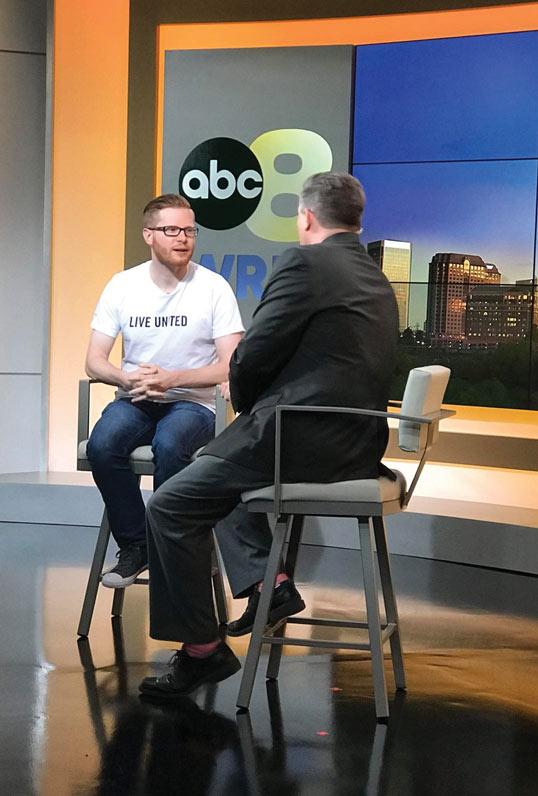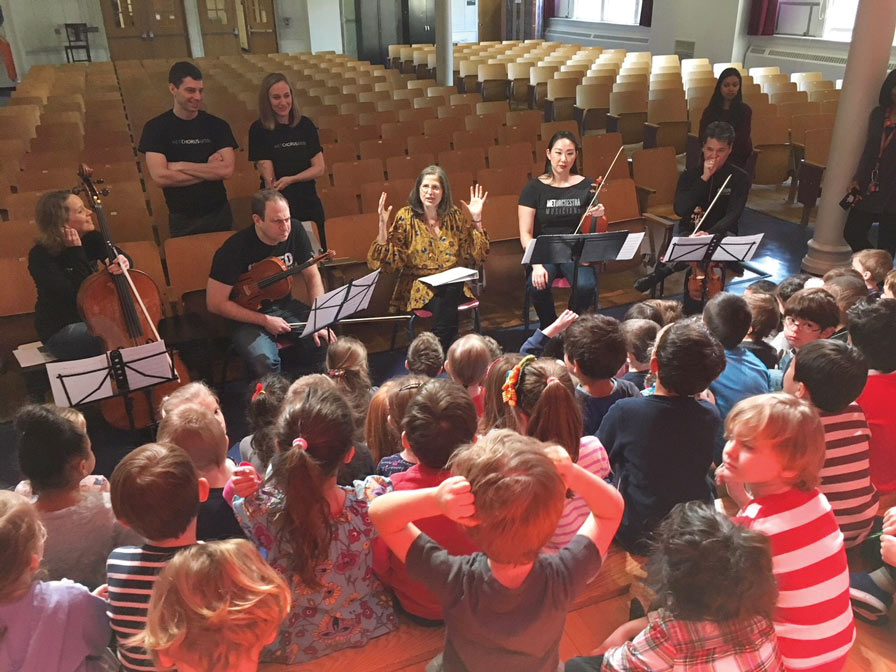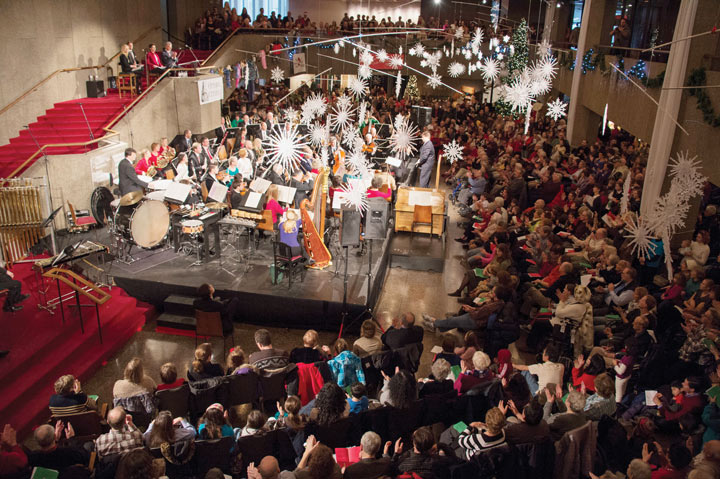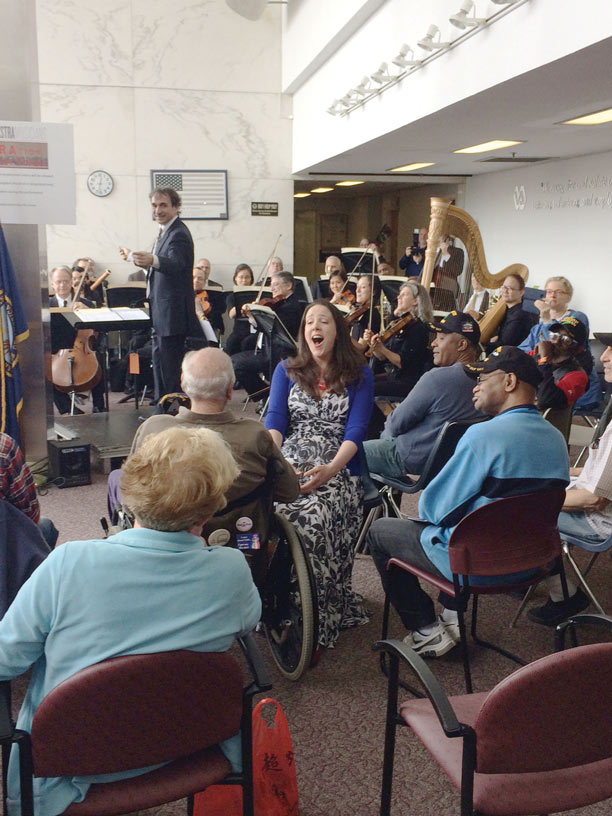At 6:59 pm Monday evening, September 9, Baltimore Symphony Orchestra (BSO) management issued a “take it or leave it” offer to the BSO Musicians which will be presented to the orchestra for a vote this evening, September 10. The proposal contained wage and benefit cuts of 20%. The federal mediators proposed an extension of negotiations until close of business Thursday, September 12. Management rejected the federal mediators’ proposal. Musicians then suggested an extension until the close of voting by the membership on this final offer. Management rejected that proposal as well.
The Baltimore Symphony Musicians negotiated in good faith throughout the summer. We organized prominent donors to assist in this process. These generous donors brought $1 million designated specifically for musician compensation to help secure a contract. We want to express appreciation from the bottom of our hearts to these donors for their unwavering commitment. It is incredibly disheartening that BSO leadership would fail to embrace this offer of help from some of Baltimore’s leading philanthropists.
Where do we go from here? The musicians will continue the fight to preserve our 103-year-old institution, which serves the City of Baltimore, the surrounding counties and the State of Maryland. We stand ready and willing to get back to the negotiating table to achieve an agreement that will enable us to continue to attract and retain the highest quality musicians to perform for our audiences.
This is a dark day in the history of the Baltimore Symphony Orchestra. Over the past three months, the musicians have each lost over $20,000 in salary, with more to come. This dispute isn’t just about money. It is also about respect, respect for the quality of the musicians on stage, respect for generations of Marylanders who have built this orchestra, and for the thousands of people who have bought tickets and have donated to this venerable institution.
BSO Musicians will have a silent picket line up this morning at Joseph Meyerhoff Symphony Hall, 1212 Cathedral Street, Baltimore, from 9:30 am to 12:30 pm. This afternoon, we will have a normal, noisy, picket line from 3:30 to 5:30 pm.


